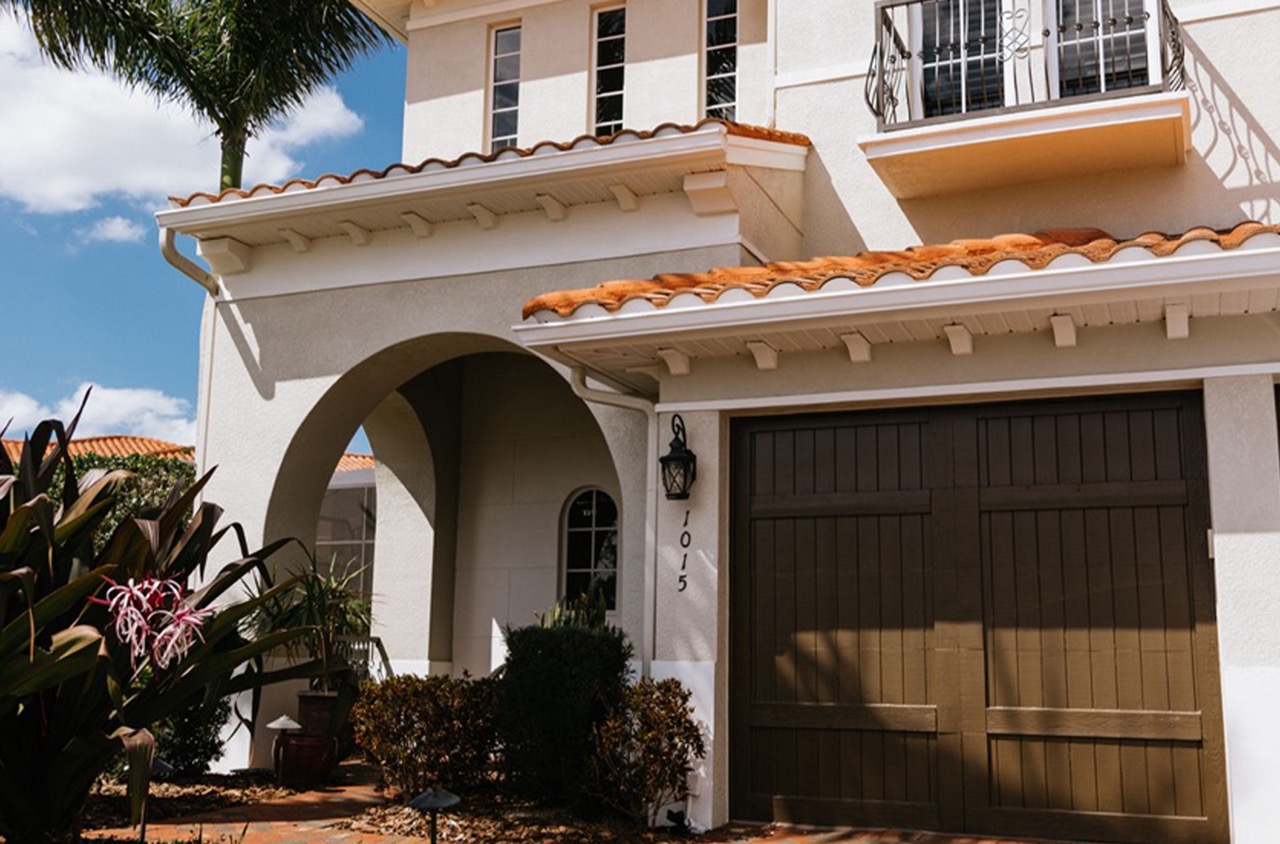Have you ever run your fingers across a wall and noticed it’s not just flat and uniform? Paint textures add a dynamic element to interiors and exteriors, transforming ordinary surfaces into tactile experiences. Various textures can evoke different moods and styles, adding depth to your living or working space. From the soft, subtle hues of a suede finish to the dramatic appeal of a knockdown texture, each option offers unique visual and tactile qualities. The choice of texture can complement architectural features, reflect personal taste, and even influence acoustics in a room. Understanding the available options can help you make informed decisions about what best suits the ambiance you want to create in your home or business. Whether you’re seeking a rustic charm or a sleek, modern atmosphere, exploring the possibilities of paint textures opens up creative avenues for personal and professional spaces alike.
Different Types of Paint Textures
Deciding on paint textures involves selecting the look and feel of your space. Understanding the variety of textures can elevate your office or home with minimal effort. Paint texture can add depth, personality, and even cover imperfections on surfaces. Here’s a glimpse into several types you might consider for your next project.
Flat or matte finishes absorb light, creating a soft look. They’re excellent for walls with imperfections, given their ability to hide flaws effectively. Due to their fragile surface, flat finishes work best in low-traffic areas like bedrooms or offices.
Eggshell finishes offer a subtly reflective quality and are known for their slight sheen. This option balances hiding imperfections and cleaning ease and suits living rooms and dining areas. It provides a hint of texture without being overwhelming.
Satin finishes have a silky texture and can withstand moderate scrubbing, making them apt for higher-traffic spaces such as kitchens, bathrooms, and hallways. They provide durability and a gentle luster without being too glossy.
For a more reflective surface, semi-gloss finishes are common choices for woodwork and trim. These paints resist moisture better than flatter options, making them suitable for moist environments like bathrooms. They demand proper surface preparation as they highlight imperfections.
Textured paint is an option for those who want a distinctive touch. Its application adds unique designs or patterns, often paired with specialty techniques such as sponging or rag rolling. These textures help conceal wall damage while adding an artistic flair.
When choosing a paint texture, consider the room’s purpose and foot traffic. Properly applying any paint finish enhances aesthetics and functionality. Trying small samples on your walls can help you make a more informed decision, ensuring your choice meets both practical needs and aesthetic preferences.
Choosing Textures for Specific Rooms
Selecting the right texture for your walls can transform the atmosphere of each room in a significant way. Different textures not only enhance aesthetic appeal but also influence the mood and functionality of a space. Understanding how to match textures to specific rooms helps create tailored environments that suit both personal taste and purpose.
For living rooms, adding a soft, subtle texture like a skip trowel or knockdown finish can create an inviting and cozy atmosphere. These textures are not only visually interesting but also help in sound absorption, making conversations more intimate. Soft textures also diffuse light gently, creating a warm glow that enhances relaxation.
In kitchens, consider using a smooth texture for practicality. Easily cleanable surfaces like polished plaster or even a simple flat finish let you wipe away spills and stains with ease. Opt for a slightly glossy finish to reflect light and make a smaller kitchen feel larger.
For bedrooms, go for something that adds tranquility. A sand swirl effect provides a gentle, flowing pattern that invites calmness and rest. Pair this with soothing wall colors to craft an ideal space for winding down.
Bathrooms benefit from textures that resist moisture. A Venetian plaster finish offers a sleek appearance and is resistant to humidity, an important factor for maintaining longevity against the dampness consistently present in bathrooms. The slight sheen of Venetian plaster can enhance natural light without overwhelming glare.
In home offices, consider the acoustics. A rougher texture like stippling can absorb sound, reducing echoes and creating a conducive environment for concentration and phone conversations. This texture can also provide a creative backdrop, suggesting productivity without being distracting.
Ultimately, matching textures to room function enhances both style and practicality. Thoughtful texture choices allow each room to serve its purpose while reflecting personal nuance and comfort.
Combining Textures with Room Colors
Selecting the right textures and colors for a room can transform an ordinary space into a captivating environment. When strategically combined, these elements create depth and evoke certain emotions, enhancing the overall atmosphere.
Start by understanding the mood you want to establish. Warm colors such as reds, oranges, and yellows paired with rough textures like brick or stone produce a cozy, inviting ambiance. They’re ideal for spaces designed for social interaction, like living rooms or dining areas. On the other hand, cool colors like blues and greens combined with smooth textures such as polished wood or glass can introduce a sense of calm, making them suitable for bedrooms or bathrooms.
Next, consider balancing bold colors with subtle textures. A vibrant hue on the walls becomes more striking when offset by a softer texture. For instance, a bright red wall can be tempered with plush velvet furnishings, allowing the color to stand out without overwhelming the senses.
Integrating natural textures is also beneficial. Wooden surfaces, woven fabrics, and stone accents bring a sense of tranquility and harmonize with diverse color palettes. These materials keep a room grounded and visually interesting. Wooden beams or exposed brickwork work especially well with neutral colors, as they create a warm contrast.
Don’t overlook the details. Smaller textured elements like cushions, rugs, and drapes can add visual interest without large commitments. For instance, textured throws or pillows in contrasting colors can refresh a room instantly.
Proper lighting is crucial, as it highlights both texture and color, transforming their appearance at different times of day. Use adjustable fixtures to control the mood, ensuring textures and colors complement each other in both natural and artificial light. By carefully combining textures with room colors, each space can become a harmonious blend of aesthetic appeal and functional design.
Next Steps
Incorporating the perfect paint texture into your home or business is more than a design choice; it’s a strategic way to enhance both the practicality and aesthetic of your environment. Textures have the power to mask imperfections, contribute to a room’s acoustics, and reflect or tame light, adding layers of complexity to any space. Considering how each texture interacts with room colors and purpose elevates the ordinary into the extraordinary, crafting spaces that inspire and soothe.
As you ponder the paint textures that will best complement your rooms, remember the importance of sample testing. Small trials allow you to experience how textures and colors evolve under different lighting conditions, ensuring satisfaction with your chosen atmosphere, whether it’s cozy and intimate or sleek and modern.
At A Step Above Painting, we understand the nuanced application of paint textures. Our team is ready to guide you through the possibilities, helping you make informed decisions tailored to your personal style and room functionality. Contact us today for a complimentary consultation or a free quote, and let us transform your spaces into visually stunning and uniquely personal havens.





